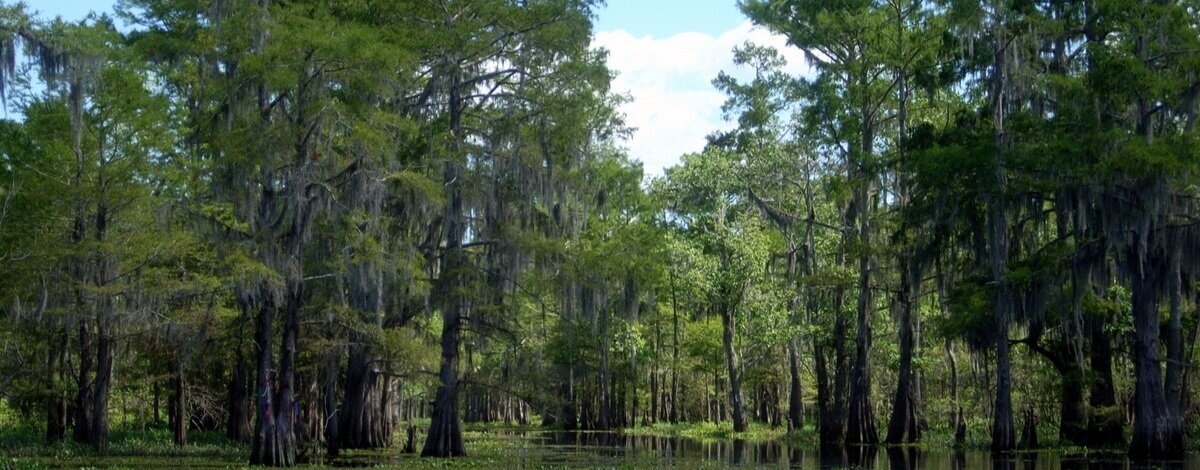Conservation Planning
Biological Planning & Conservation Design
Establishing biologically-based, landscape-scale, transparent bird population objectives has been central to the work of the LMVJV for over two decades. These population objectives provide the necessary foundation for Conservation Design, which informs the “what”, “how much”, and “where” of efficient and effective conservation delivery.
As an example, LMVJV partners have estimated that the Mississippi Alluvial Valley should provide habitat for at least 377,000 shorebirds during fall migration, and 240,000 throughout the winter (these are Biological Objectives). The translation of these population figures into habitat objectives results, in part, in a recommended 2,500 hectares of public managed shorebird habitat (consisting of sparsely vegetated mudflat to <15cm-deep wetland) distributed among the states within the MAV (this is Conservation Design). This process—applied to all bird guilds within the LMVJV—provides the roadmap for conservation delivery, based on the best available science.
Assumption-based Research
Assumption-based research is a key element in the LMVJV’s Strategic Habitat Conservation approach. Important assumptions made in the planning process represent testable research hypotheses.
When our underlying assumptions are rigorously tested as hypotheses through scientific research, we can use the results to strengthen the partnership’s biological foundation and to guide management practices (e.g., bolster confidence that our recommendations will actually result in the stated benefits to wildlife, or make adjustments to our assumptions).
Ultimately, assumption-based research informs and refines future iterations of our overall conservation strategy to achieve “a landscape supporting healthy native bird populations and other wildlife across the LMVJV.”
Science Priorities
Bald cypress in the Atchafalaya, Yvonne Allen
Science Priorities 2022-2027
View or download the LMVJV Science Priorities document
Targeting Our Most Critical Research Needs
The highest priorities for research in the LMVJV are studies that target our most critical assumptions, result in a significant impact to resource management, and target key statistical uncertainty. Research priorities naturally flow from our biological planning and models used in conservation design. Examples of applicable research include:
1. Analyses of assumptions in species-habitat models
2. Analyses of assumptions regarding conservation treatment effects on vital rates or abundance
3. Sensitivity analyses of how key parameters influence model results
4. Statistical analyses, and associated refinement, of key uncertainties in spatial data used for planning or monitoring
Collaboration and Coordination through Research Partnerships
The LMVJV welcomes and encourages collaboration on research projects within the MAV and WGCPO (see LMVJV Geography). Research is ongoing at many institutions on subjects that can inform LMVJV biological planning, conservation design, and delivery. Work by faculty, students, and post-docs at the University of Missouri, University of Arkansas at Monticello, Mississippi State University, Stephen F. Austin State University, Louisiana State University, Louisiana Tech University, the U.S. Forest Service’s Southern Research Station, and U.S. Geological Survey are but a handful of current examples. For any questions about research needs, please contact: Dr. Anne Mini, Senior Scientest, LMVJV, (601) 206-5459, amini@abcbirds.org



